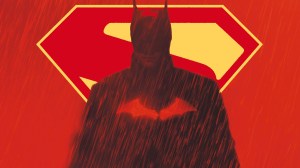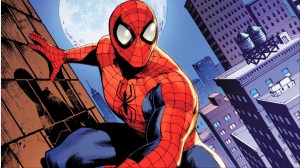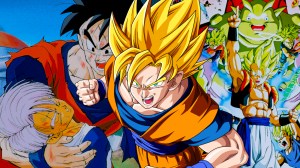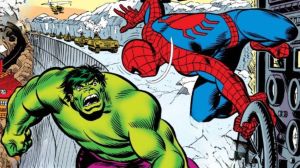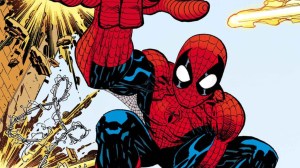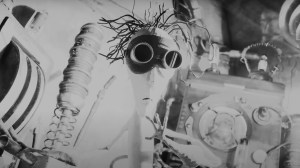One of the many things viewers appreciated about Star Wars: Andor was the distinct lack of fan service. Over the course of its two seasons, the critically acclaimed series was a breath of fresh air for the franchise, never leaning on nostalgia and callbacks as a crutch. That’s not to say Andor was entirely devoid of connections to the larger Star Wars mythos, of course, but those always felt organic and helped push the story forward. As a prequel to Rogue One: A Star Wars Story, Andor understandably features a number of characters from the film. Showrunner Tony Gilroy considered adding another familiar face to the series but ultimately decided against it.
Videos by ComicBook.com
In an interview with Inverse, Riz Ahmed, who played ex-Imperial pilot Bodhi Rook in Rogue One, revealed Gilroy thought about giving Bodhi a cameo. “I spoke to Tony Gilroy about this afterwards. I was like, ‘Yeah, thanks a lot, bud. Everyone gets a cameo apart from your old pal, Riz,’” Ahmed said. “He was like, ‘Actually, I thought about it, but it would’ve thrown all the timeline off and it would’ve unpicked a lot of the plotting.’”
Andor Season 2 Didn’t Need a Bodhi Rook Cameo
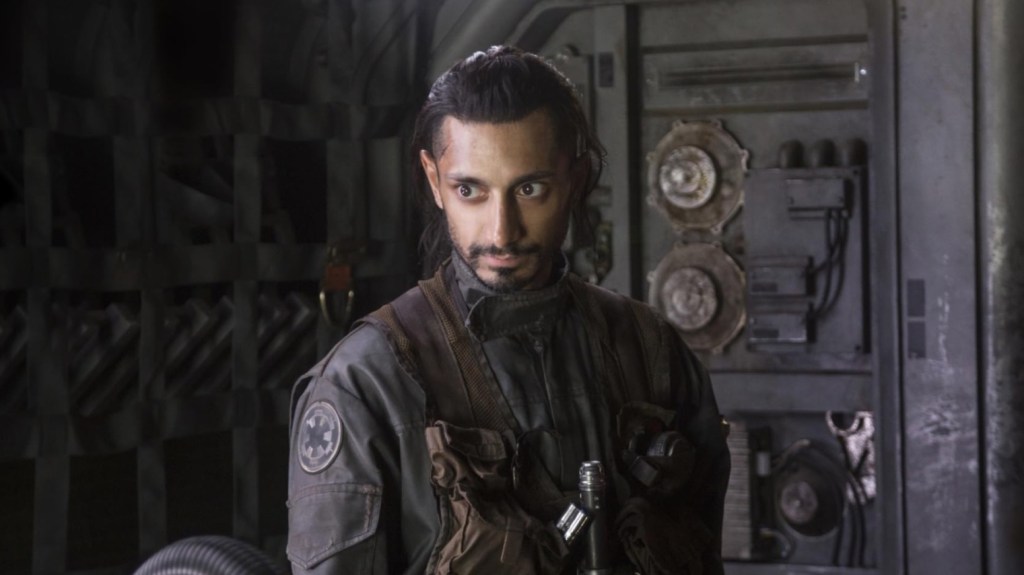
It’s easy to see why Bodhi was a character Gilroy considered using. Prior to the events of Rogue One, he worked as an Imperial cargo pilot. Since the Empire obviously factors heavily into Andor‘s story, there’s a world where it would have made sense to give Bodhi a small role, perhaps depicting the circumstances that inspired him to defect and work with Galen Erso. As interesting as that might have been (it’s always great to see Ahmed in a film or show), there still wasn’t a real need for it within the context of Season 2.
Andor Season 2 has a unique structure; each three-episode block essentially operates as a movie, covering a specific event before jumping ahead a year in the timeline. The show had a lot of ground to cover, packing in four years of galactic history. Because of this, it was important for Gilroy and Co. to stay on target and only show what was absolutely needed. Between depicting the Ghorman massacre, detailing how the Rebels learned of the Death Star, and continuing arcs of characters from the first season, there arguably wasn’t room to squeeze in a Bodhi cameo without it feeling forced. He wouldn’t have had much to do, unless his role came at the expense of someone like Syril Karn or Dedra Meero, which would have been a shame.
Gilroy was very smart about how he employed larger Star Wars connections on Andor. Many people would have loved to see Felicity Jones reprise Rogue One protagonist Jyn Erso, but Gilroy knew her inclusion would have “[tipped] everything upside down.” Bodhi arguably wouldn’t have thrown things off balance that much, but Gilroy’s point is understandable. Andor is so meticulously plotted that trying to add in any unnecessary detail could have taken the narrative off course. Bodhi got his time to shine in Rogue One; Andor was about shining a spotlight on figures like Luthen Rael, Kleya Marki, Bix Caleen, and Dedra Meero.
Gilroy’s approach to making Star Wars projects was refreshing, and it’s a shame he’s done with the franchise now that Andor is complete. As Lucasfilm plots out its next film slate, it would have been nice to have Gilroy in house as a guiding creative voice, pushing the franchise to evolve. Some of the other Star Wars movies and shows in the Disney era have been criticized for leaning on fan service, but hopefully the next wave of directors and showrunners who come in take a page out of Gilroy’s book. He proved you don’t need nostalgia to tell a great Star Wars story that resonates with audiences.




